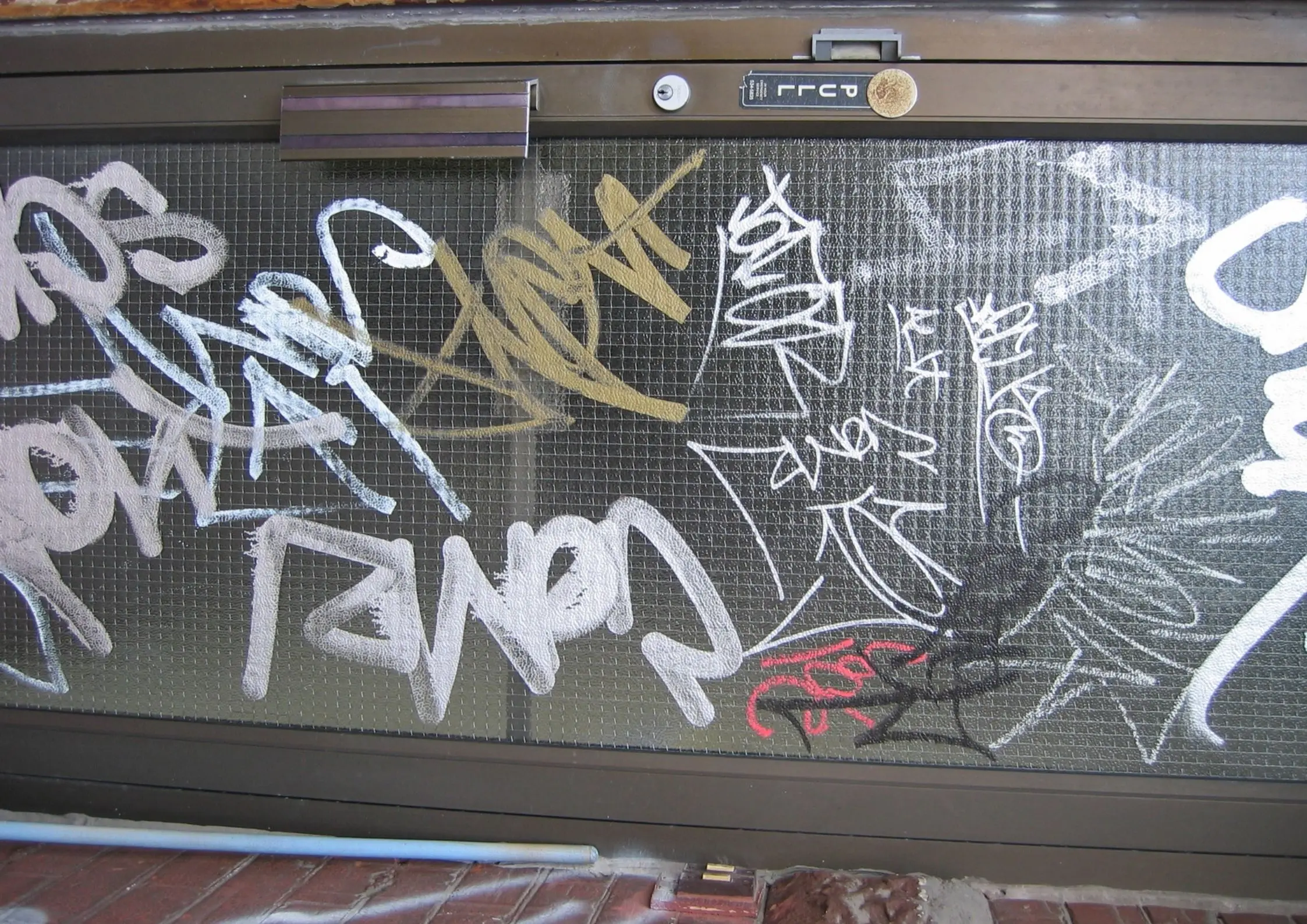Graffiti can be a beautiful form of expression, but it can also be vandalism. No matter what your opinion on graffiti is, there’s no denying that it can sometimes be an eyesore. If you’re looking for ways to remove graffiti, read on. We’ll cover the best tactics for removing different types of graffiti.
What Is Graffiti?
Graffiti is an art form where people draw, paint or spray words and pictures onto surfaces in a public place. This is generally done without permission and can be considered criminal damage. Graffiti can be anything from stylistic symbols, a comment on society and politics, or a representation of street gangs.
The Three Most Common Graffiti Removal Methods
Chemical Removal:
Using chemicals to remove graffiti has decreased in popularity over the years due to the impact on the environment. Furthermore, it can also cause damage to the surfaces being cleaned. However, it has an even bigger effect on the health of the employees. Even if they wore the correct protective equipment, goggles, gloves, masks, etc., they are still exposed to dangerous fumes. There are some solutions that are more environmentally friendly, just be sure to ask what solvents your cleaning company uses.
Pressure Washing:
A popular method of removing graffiti, however, it does waste a lot of water. It is also not as effective on hard to remove paints. Depending on the surface and location of the graffiti, many professional cleaners will still use this method.
Painting Over:
This is a commonly recommended way to deal with graffiti. It can seem like the most cost-effective solution, however, over time, it might cost you more. As most graffiti is outside, it is exposed to different weathers and harsh elements. This can cause the paint to peel and fade, leaving a messy image worse than before. This will then need covering, and the process repeats itself.
You also have the option of doing it yourself with elbow grease and soap, or dry/wet ice blasting.
Before preparing to clean graffiti, you need to ensure that you have everything you need to start the process. Firstly, it is imperative that you have all the protective equipment to prevent risk to your cleaners. This is of particular importance when handling strong chemicals. You need:
What You’ll Need
- Rubber gloves.
- Safety goggles.
- Dust mask.
- Coveralls.
Other than protective uniforms for your cleaners, they need the correct equipment and chemicals to tackle the graffiti:
- Cloths
- Brushes
- Scrapers
- Plastic tarp/sheets
- Acetone
- Baking Soda
- Paint Thinner
- Gel Solution
- Pressure Washer
You can also consider using an anti-graffiti coating after completion to prevent future problems. The equipment you need can vary depending on the surface material and type of graffiti.
Preparing To Clean
Before you are ready to start the graffiti removal process, you need to gather all your necessary materials. Lay down the plastic sheets on the surrounding areas to protect them from any chemicals you may use.
You will also need to ensure the surface is dry, and all dirt has been cleared before cleaning.
Removing From Brick Walls, Stone Facades and Masonry Surfaces
Brick can be a difficult and uneven surface to clean. Graffiti paint absorbs into the wall and makes it harder to scrape or wipe off. To be effective, you can use chemical or gel-based masonry paint strippers.
- Divide the graffiti into sections and work them one at a time until all have been covered. Using the masonry stripper, start from the top and work your way down, wiping up any dripping liquid as you go.
- Wait for the recommended time suggested by the manufacturer or whichever product you are using.
- Start from the top again, and use a brush to scrub off the paint stripper. Remove as much paint as possible this way, and ensure you cover the entire surface area.
- Proceed to wash the wall using cloths and warm water to remove any remaining paint and stripper.
- Repeat the process until satisfied. This can be a lengthy process and take multiple applications before completing the task.
- Spray the wall with white vinegar, and scrub off any remaining excess paint with a brush.
Removing From Interior Walls and Surfaces
Interior surfaces can be more easily damaged than exterior walls. So, the graffiti removal process can be challenging. You want to ensure that you only remove the graffiti and not any paint underneath whilst cleaning. This can cause problems, as some chemicals will be so strong and abrasive that they will remove everything.
You can either use a graffiti paint remover or even WD40 (however, this can be very damaging, so only use it as a last resort).
Step 1: Always test which paint remover you have chosen. Section off an area to test your product and see how it works. Don’t rush ahead to cover the entire surface area, as this may cause more damage than you’d like.
- Leave for 15-20 minutes. If you return and no damage has been done, continue removing the graffiti.
- Using a sponge, paper towels, cloths, or magic eraser, start scrubbing away at the graffiti. This requires a lot of patience and effort.
- If scrubbing does not work, you can use a paint scraper to scrape the graffiti. However, this is likely to remove the paint beneath. It is an effective way of removing spray paint, but can cause some damage.
- Fix any damage you have caused. If you did choose to use a paint scraper, you will need to clean up the mess you have caused. Fill in any holes and ensure the surface is smooth.
- To give your wall a fresh and clean look, you may want to go over it with another coat of paint. It’s best to remove the graffiti before doing this, otherwise, you’d have to paint over it again and again. This way your wall will have a much fresher and cleaner finish.
Removing From Metal Surfaces
To clean graffiti from a metal surface, you can use paint thinners, WD40, acetone, or any light penetrating oil. Using a microfibre cloth, you can gently rub away at the surface. This can leave a greasy coat remaining, but this can be resolved with a bronze brush or light sandpaper.
Be careful when scrubbing at a metal surface, as you can risk scratching or dulling the metal. It is also possible to use a jet washer, but this is not as effective.
Removing From a Garage Door
Your garage door can represent your home and how you keep it. Ensuring it is clean from graffiti is essential to some people. So, the first step when approaching removing graffiti is to wash the door with diluted bleach. If this fails, use a soft cloth rub paint remover in small motions over the graffiti (remember to wear your protective gear).
Once the paint has been removed, use warm soapy water to wash the door. Sometimes a paint remover can mean you need to repaint over your garage door a couple of times. Make sure you research the products you are using to see what effects they can have.
Prevention Is Better Than Cure
When it comes to fighting against graffiti, the cleaning and removal process can be a hassle. You can risk damaging your surfaces or even put yourself at health risks by using chemicals.
However, there are some ways to prevent graffiti from happening in the first place:
Weatherproofing sheets – these can be used to cover any boards or signs to help prevent tagging.
Murals – these have been researched to discourage graffiti, whilst also being a great way to encourage community involvement.
Protective anti-graffiti coatings – these can be used to help make graffiti removal easier, or they can also make creating graffiti more difficult, as the paint will find it harder to seep into the surface.
Professional Service
If you cannot tackle the graffiti problem yourself, hiring a professional specialist cleaning service can do the trick. They will be trained to the highest standard and have the specialist know how to deal with these situations.
A professional service will know the best chemicals to use. They will provide protective gear to their cleaners to ensure that both people and the environment are safe. Using professional cleaners will leave your surfaces fresh and clean as if graffiti was never done in the first place.










